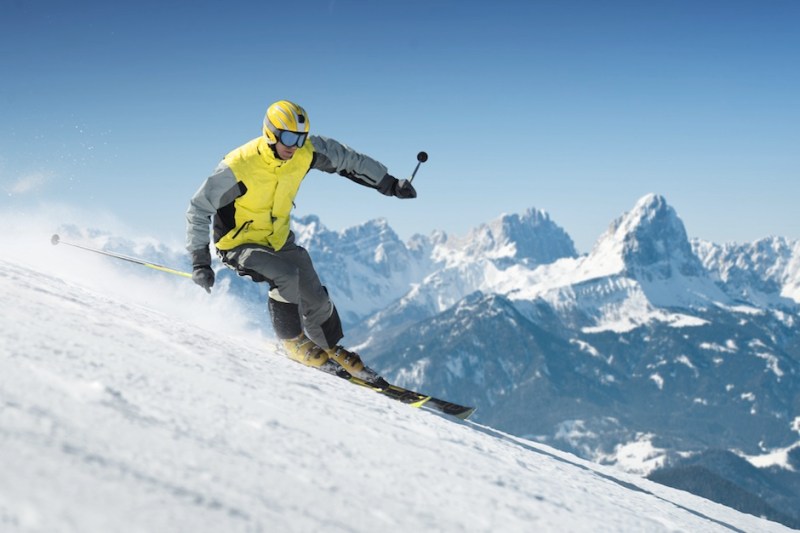So you think you’re quite the ripper, huh? Do you carve around ski resorts, shredding any groomer in your path or pounding the pow-turns repeating the mantra “no friends on a powder day” every time you leave your crew behind? Are you first in line with your snowboard in the morning and the last one off the mountain at night? Do you spend your evenings meticulously waxing your skis or looking for ways to update your snowboarding equipment to get the edge?
Perhaps not. Heck, some of the best shredders I know have never waxed a snowboard in their life, and don’t even mention the idea of new gear to them — they’re barely able to afford breakfast. Great skiers and snowboarders come from all walks of life, but one thing they have in common is their love of great lines. Some love steep, some want deep. Bowls, couloirs, gulleys, drops, kickers, trees. You name it, we want to ride it. The best skiers demand the best ski resorts with the most vertical meters, varied terrain, and of course, the best off-piste parties going. Here, then, are the best ski resorts in the U.S. for experienced skiers and snowboarders.

Jackson Hole (Wyoming)
If there’s a more recognizable chute in all of northern America than Corbet’s Couloir, we’d like to know about it. From the aerial tram going overhead every few minutes to all eyes on anyone who dares to take on the 45-degree gulley, if you’re going to do it, do it in style. Jackson Hole has an enormous 4,000-foot rise from base to summit, and this can be descended through any number of powder fields, ridges, chutes, and glades. Seriously — if you’re putting together a bucket list of the best ski resorts and Jackson Hole isn’t on it, start the list again.
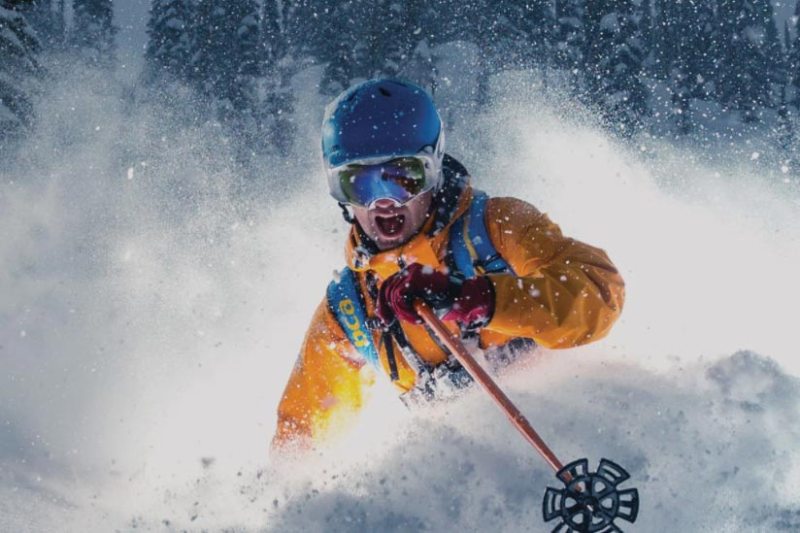
Mount Bohemia (Michigan)
You say that you want extreme skiing? Michigan’s Mount Bohemia has all you can dream of and much more. It might sound elitist to have a big sign above your online trail map saying “No Beginners,” but when the resort is this gnarly, it’s a safety warning, not a social suggestion. The terrain at Mount Bohemia is described as being for very advanced and expert riders only, with every run other than the linking lines rated at least as a black run. These aren’t your typical groomer black runs, either. Mount Bohemia is bursting with some of the steepest, toughest terrain around.
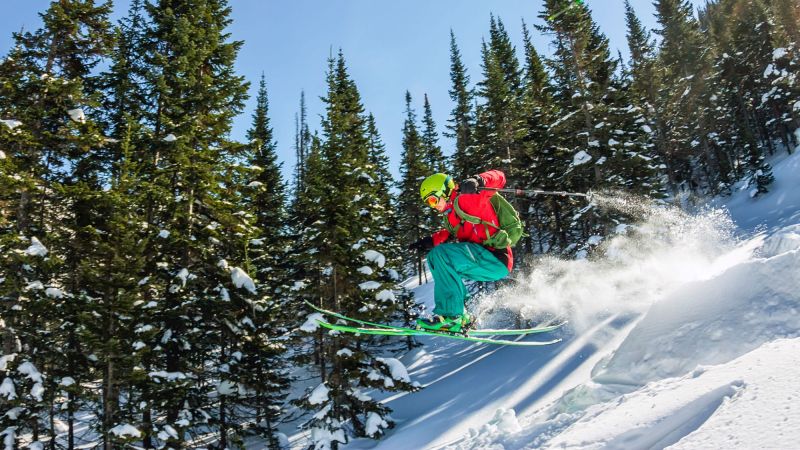
Mount Hood Skibowl (Oregon)
There may only be four chairlifts at Oregon’s Mount Hood Skibowl, but boy, do those four lifts take you to some incredible terrain. With 1,500 skiable acres and an average annual snowfall of 300 inches, Mount Hood Skibowl is home to more expert terrain than some entire states have across all ski resorts within their borders. About 70% of the resort is given over to advanced and expert terrain, from the steep to the really steep. Rest and recharge over an evening meal, then head back out for some deep-powder night skiing on 36 of the runs.
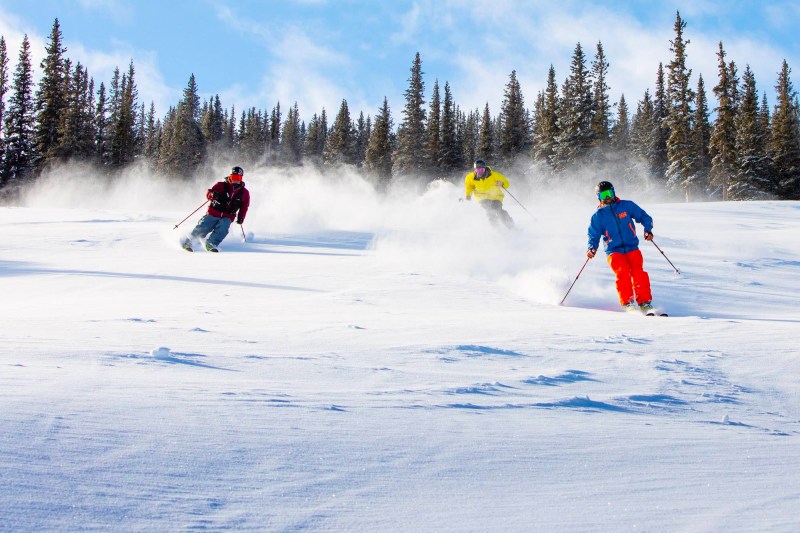
Aspen Highlands (Colorado)
There are four mountains that are a part of the Aspen lift ticket, but if you’re serious about chasing the steep, then there’s only one mountain that you’re setting your sights on. Sure, Snowmass might have long runs and even some challenging terrain, but in the pursuit of vertical descent, Aspen Highlands is where you want to go. Even without venturing to the very summit of Highland Peak on the snowcat pickup, you still get over 3,500 feet of vertical descent in the resort. If you want to take a break, you can check out the resort’s Cloud Nine Alpine Bistro located at 10,900 feet of elevation at the top of the Cloud Nine lift.

Winter Park Ski Resort (Colorado)
There’s something for everyone at the resort voted the number-one ski resort in North America, and that includes some serious skiing. The mountain is split into different territories, each with its own unique feel. Are you looking for the thrill of being out of bounds without actually being out of bounds? Head to the Eagle Wind territory. Perhaps you’re after ungroomed runs with steeps, drops, and stomach-churning lines? It’s Cirque for you then. Check out all seven for a varied and quad-burning shred. On Thursday, Friday, and Saturday nights, you can take a free gondola ride after 4 p.m. at Sunspot Mountaintop Lodge for an apres-ski party with live music.

Snowbird (Utah)
Snowbird Ski Resort in Utah encompasses some 2,500 acres and over 3,000 feet of verticality, and it boasts an average snowfall that almost guarantees powder days. It’s also fairly easy to get to, as it is located just a 45-minute drive from Salt Lake City. The expansive resort with thousands of acres of mountain peaks includes nearly 100 expert ski runs ranging from ones that give you short bursts of steep excitement to long and challenging thigh-busters that will test your skills to the limit. If you manage to ride all of this resort in a week, then you’ve been working hard.
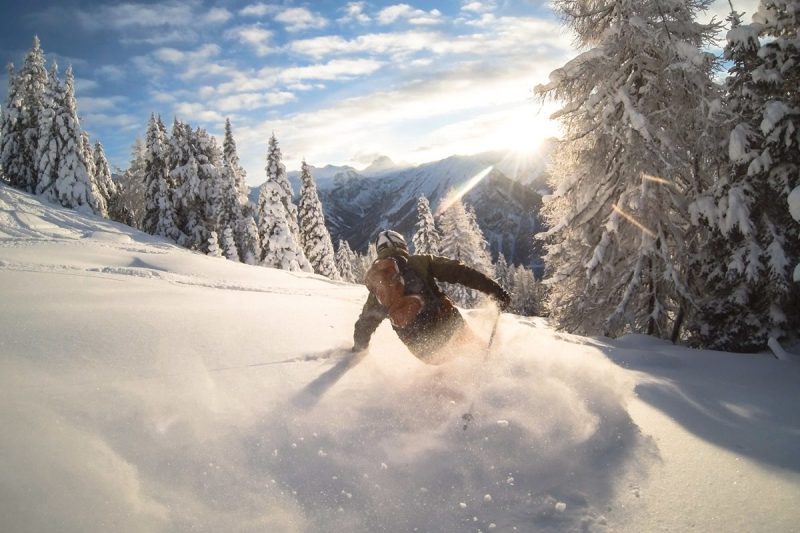
Arapahoe Basin (Colorado)
Arapahoe Basin, which was established in 1946, doesn’t feature on too many top ski resort lists, but sometimes, if you want the best, you’ve got to earn it. Arapahoe Basin sits on 1,400 acres with nine lifts and has what it claims to be the longest ski and ride season in Colorado. Sure, there are runs in Arapahoe that are gnarly, steep, challenging, and end at a ski lift. But the steepest, gnarliest chutes and the most extreme lines, well, they take a little more work. Whether it’s walking back out from the Steep Gullies run or boot-packing into the infamous East Wall, some turns are there to be earned.

Big Sky (Montana)
High above the Montana skyline is the familiar outline of Lone Mountain, and off Lone Mountain are some of the most exposed ski runs in the U.S. These lines will get pulses racing for even the most experienced steep-mountain skiers, with narrow couloir, long gulleys, and steep-sided ridges to negotiate. Big Sky is one of the few resorts on this list that is also sprawling enough to suit skiers of other levels, which is great if you’re looking for a gnarly resort where your less experienced buddies or family members can also get their ski fix without holding you back.

Breckenridge (Colorado)
One of the larger resorts on this list, Breckenridge boasts 22 lifts that take you around almost 3,000 acres of skiable terrain, one of those lifts, the Imperial SuperChair, is the highest lift in North America, at 12,840 feet above sea level. If that’s not enough, once you reach the boundaries of the lift, you can always boot-pack your way to one of three summits to get the best lines. Even without the extra hike, there’s access to plenty of open bowls and powder chutes. If you fancy something with a little more tree cover, stay further down for quick turns in the glades.

Vail (Colorado)
Vail is always likely to make a list of the best ski resorts, if nothing else, because of its sheer number of runs. But this sprawling resort does truly earn its place on this list, though. Sure, there are a few advanced and expert runs in the main area, but get yourself over to the Back Bowls and Blue Sky Basin and you’re in powder heaven. These expert ski areas give you the freedom to explore and pick your own lines down into the bowl, knowing you’re going to get funneled back towards a lift so you can recuperate and go again.

Killington (Vermont)
When a ski resort gets the nickname “The Beast of the East,” you just know that it’s going to have some epic runs to challenge even the most experienced skiers and snowboarders. It has plenty of powder days in the middle of the winter and it tends to stay open longer than other ski resorts on the East Coast. Spread out over 750 acres, with more than 40% of that dedicated to expert trails, including the Superstar trail, a black diamond trail that has hosted World Cup races over the past few years. The trail, which is around 4,700 feet long with a 1,200-foot vertical drop, with terrain that can vary from cruising to moguls before ending in a speed run.
